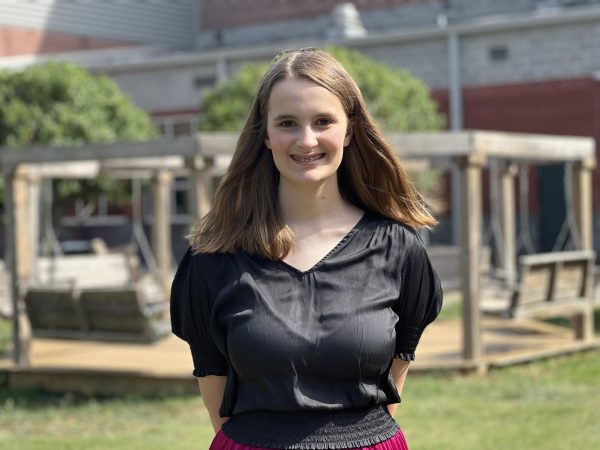Fall is here, and so is the flu and cold season. Annual flu vaccinations are something that most of us are used to, but COVID vaccines are not as familiar.
In case you are not familiar with it, vaccines work by exposing our bodies to some weakened form of the virus (the exact technology varies). This triggers an immune response. Our body’s immune system is very good at recognizing germs it has previously been infected with and remembering what response is necessary. This is why getting an illness typically decreases our chances of getting the illness again, or at the very least prevents us from becoming seriously ill. A vaccine gives you the same protection as getting infected, but you don’t get sick.
According to the CDC, everyone aged 12 and up should get a 2024-2025 COVID booster to be up-to-date with vaccinations. Some people may have been vaccinated earlier when vaccines first rolled out, but COVID, much like the flu, is constantly evolving and changing, meaning we need additional boosters every year.
In a survey involving 34 people, only 47% were up to date on their vaccinations. One common sentiment was that COVID wasn’t serious enough to warrant getting a vaccine, with some comparing it to the “common flu”. While it is true that for most COVID is not serious, one study found that for immunocompromised people, the rate of death was 29%. Even if COVID doesn’t affect you that much, you could infect someone who wouldn’t recover as easily. Getting a vaccine doesn’t just protect you from the virus; it also protects others from getting sick because you infected them. This is a concept known as herd immunity; when more people are vaccinated against an illness, the entire community benefits from a decreased risk of infection.
So how can you get COVID vaccines? Chances are your primary care doctor offers them. If not, many pharmacies like Walgreens or CVS offer them, as do Publix and Kroger. You can also get the COVID vaccine at the same time as your annual flu vaccine.
If you want to know more, click here.


